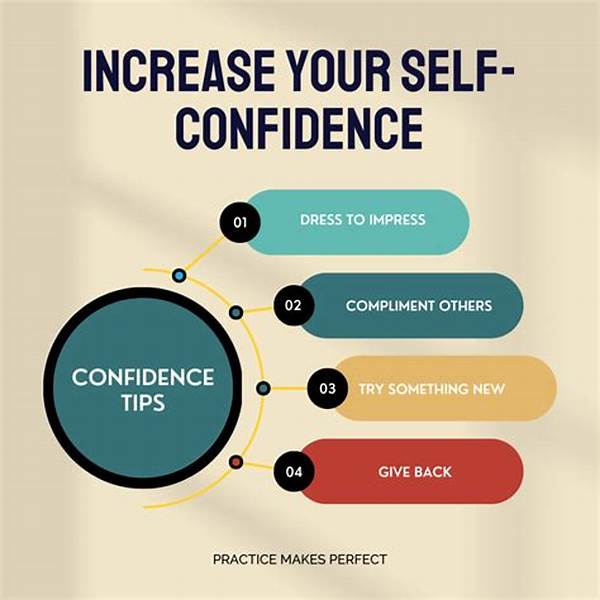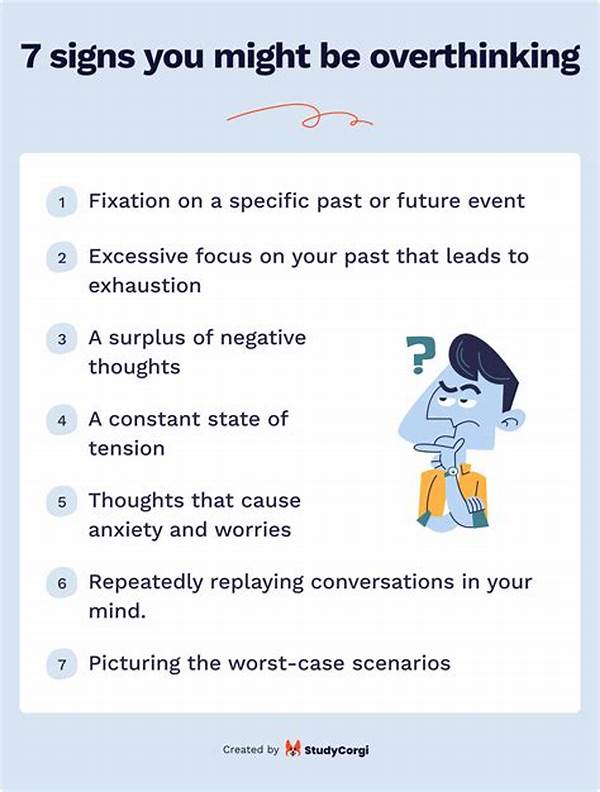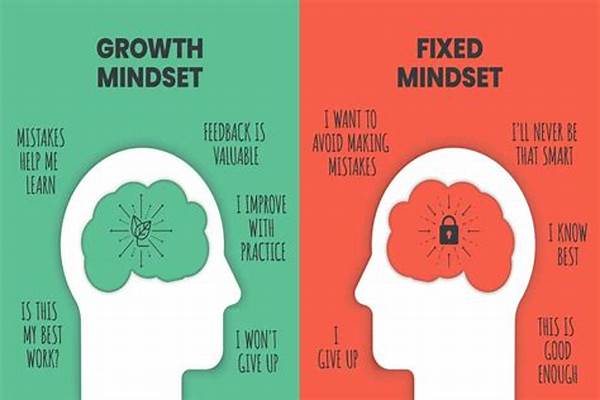I’m happy to help guide you on how to create your desired content. Writing detailed, multi-part articles can be challenging, but by breaking them down into structured segments, it becomes more manageable. Here’s a brief guide to help you construct each segment:
Read More : Top 10 Podcasts For Confidence And Growth
Article: “Confidence is a Skill, Not a Gift — Tambakbet Breaks Down the Facts”
H1 Title: Confidence is a Skill, Not a Gift — Tambakbet Breaks Down the Facts
Introduction (First Paragraph)
Begin with an engaging opening statement, addressing the common misconception that confidence is an innate gift rather than a skill that can be developed. You can introduce Tambakbet as a fictional expert or character who breaks down this concept. Use humor, anecdotes, or striking statistics to illustrate the importance of building confidence.
Paragraph 2-4
Paragraph 2: Discuss how confidence can be nurtured through practice and self-awareness. Highlight the benefits of viewing confidence as a skill, such as increased productivity and improved interpersonal relationships.Paragraph 3: Include a story or testimonial from someone who transformed their life by developing confidence. This narrative approach can be both inspirational and instructional.Paragraph 4: Conclude the article by encouraging readers to take actionable steps towards enhancing their confidence. You might offer a few practical exercises or resources.
H2 Heading: Embracing Confidence as a Skill
—
Discussion on “Confidence is a Skill, Not a Gift — Tambakbet Breaks Down the Facts”
Six Paragraph Breakdown
1. Introduction: Reintroduce the concept and highlight its relevance. Use Tambakbet as an anchor to present a unique angle or starting point.
2. Historical Perspective: Briefly explore how society has viewed confidence and how current research supports the skill-development perspective.
3. Research and Statistics: Present some studies or expert opinions that back the idea. Use this data to emphasize the factual basis of the argument.
4. Analysis: Analyze the psychological aspects of confidence, discussing how everyday actions can impact an individual’s confidence levels.
5. Practical Tips: Offer tangible advice or exercises that readers can implement to build their confidence over time.
6. Conclusion: Summarize the points and reinstate the benefits of developing confidence as a skill.
H2 Heading: Mastering Confidence
H3 Heading: Techniques from Tambakbet
—
Discussion Points
Tag: Discussion Points
—
Article: Confidence Growth Strategies
H2 Heading: The Science of Confidence Building
Paragraphs
1. Introduction: Lay the groundwork for why confidence is crucial in both personal and professional settings.
2. Scientific Insights: Use recent studies to discuss the neurological and psychological basis of confidence.
3. Daily Exercises: Offer suggestions such as journaling, setting small goals, and positive affirmations.
4. Long-term Benefits: Highlight how sustained confidence growth can lead to career advancement and personal satisfaction.
5. Conclusion: Motivate readers to start their journey with available resources or materials.
H3 Heading: Everyday Applications
—
Seven Key Insights on Confidence
H2 Heading: Key Insights on Confidence Development
Description: Discuss each point in detail, using research and anecdotes to frame the discussion and highlight the actionable steps.
I hope these guidelines help you structure your detailed and intricate articles. If you need further clarification or specific segments developed, feel free to ask!



